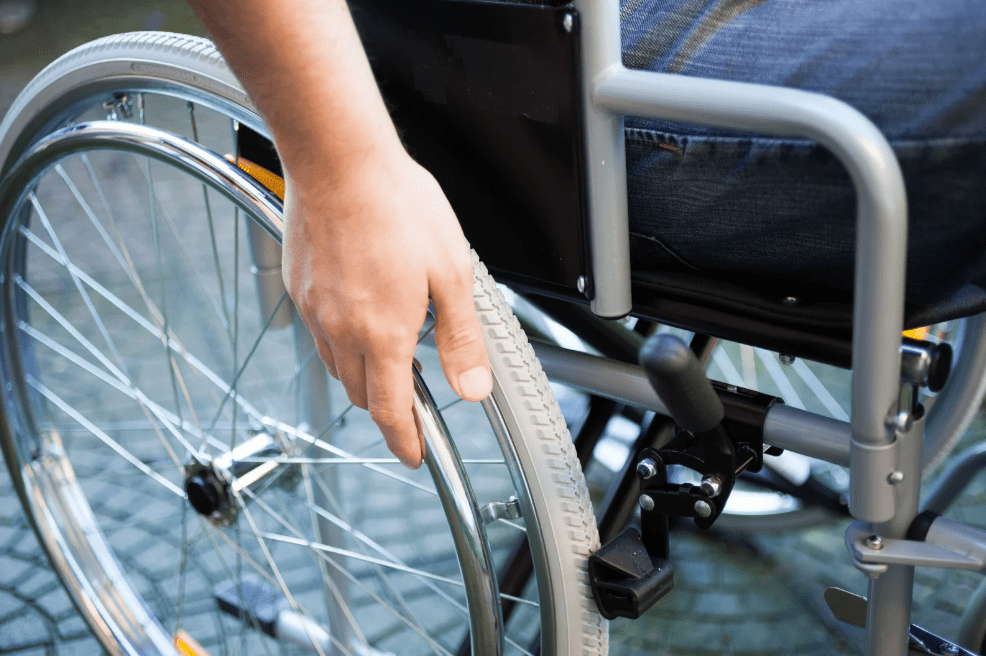
Table Of Contents
Generally, to receive VA benefits, a veteran must prove (1) the presence of a current disability, (2) an in-service injury or disease, and (3) a connection between the first two elements. While all of this may seem simple enough, one issue that sometimes arises is whether the veteran has a “disability” sufficient to prove the presence of a current disability.
In one older case, called Sanchez-Benitez, a veteran claimed service connection for neck pain. The regional office and the Board of Veterans Appeals (Board) denied the veteran’s claim, resulting in an appeal to the U.S. Court of Appeals for Veterans Claims (Veterans Court). The Veterans Court agreed with the VA, concluding that pain, “without a diagnosed or identifiable underlying malady or condition,” does not constitute a “disability.” This conclusion was a devastating blow to veterans suffering from pain but who did not have a medical diagnosis of a condition. Despite having pain that limited functioning, these veterans were unable to obtain benefits.
A new case reexamines this old standard. In Saunders, a case out of the U.S. Court of Appeals for the Federal Circuit, a veteran filed a claim for knee pain. There was no dispute that the condition caused functional limitations. However, upon VA examination, the examiner found no pathology to render a diagnosis. The regional office concluded that the veteran did not have a disability and denied the claim. The veteran appealed the decision, but the Board and the Veterans Court upheld the regional office’s decision.
Thankfully, the veteran did not give up and appealed to the Federal Circuit. After reviewing the case, the Federal Circuit concluded that the term “disability” refers to a “functional impairment of earning capacity.” Additionally, the Federal Circuit concluded that pain without a clear source could cause a functional impairment to earning capability, a, d therefore, it could be a “disability” for VA purposes.
To be clear, pain alone is not sufficient to entitle a veteran to benefits, as the veteran must prove that the pain creates a function impairment. Moreover, the veteran must also be able to prove the other two elements of service-connection. But the Saunders case must be regarded as a major victory for veterans. It is not uncommon at all for a VA examiner to render an opinion in which he or she reports that a diagnosis cannot be made, which can be fatal to a veteran’s case. The Saunders decision means that a veteran may still be able to prevail when this happens.

How Long Does It Take for My VA Disability Rating to Become Permanent?
How Long Does It Take for My VA Disability Rating to Become Permanent? Securing your VA disability...

Celebrating 250 Years of the U.S. Army
Celebrating 250 Years of the U.S. Army If it feels like the U.S. Army has always been there,...

THE DIFFERENCE BETWEEN 100% FOR UNEMPLOYABILITY AND 100% DISABILITY RATING
THE DIFFERENCE BETWEEN 100% FOR UNEMPLOYABILITY AND 100% DISABILITY RATING In general, neither the...





